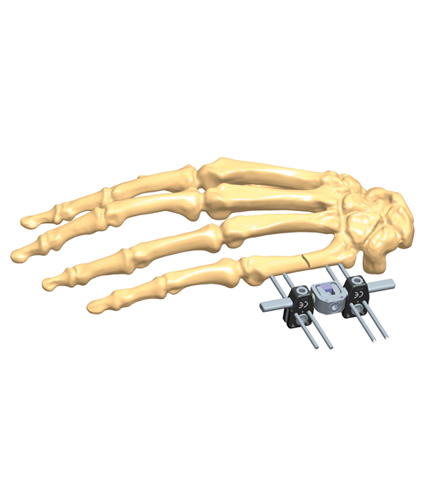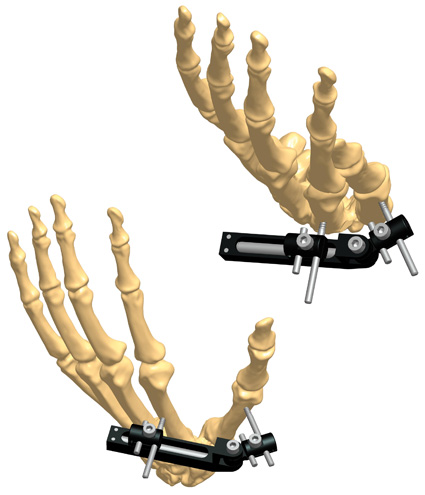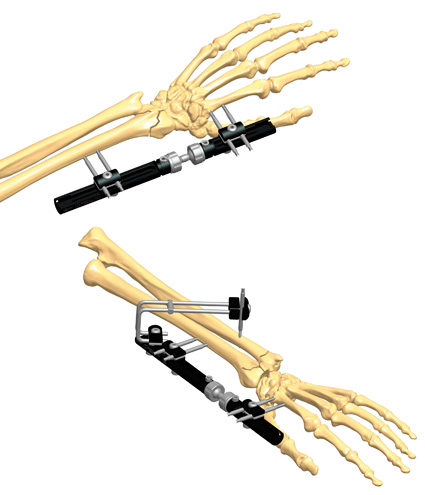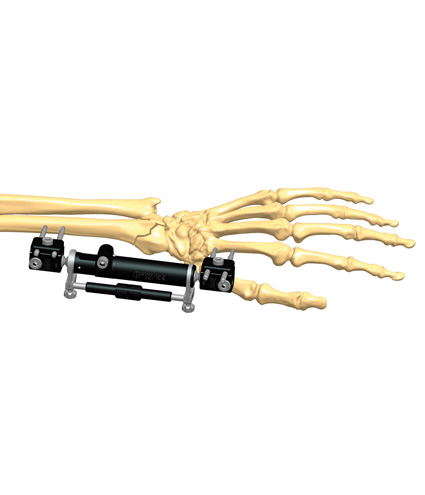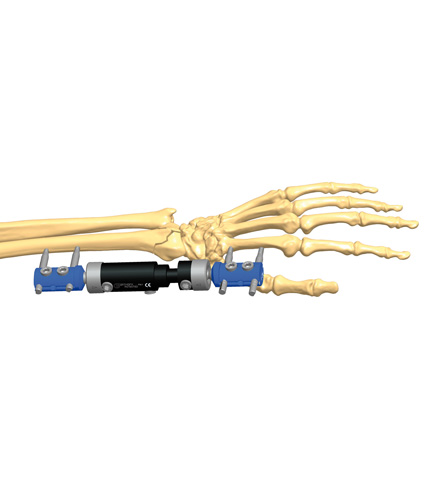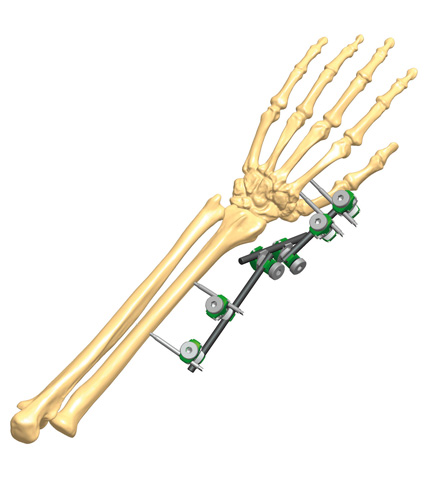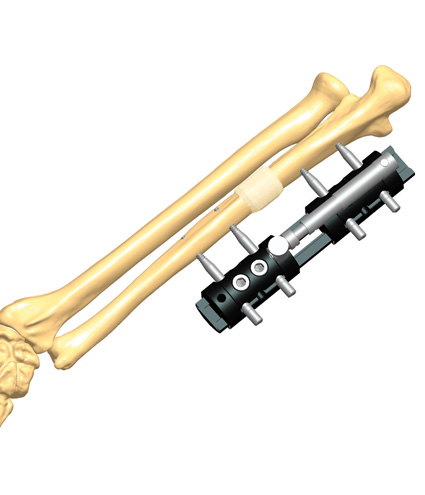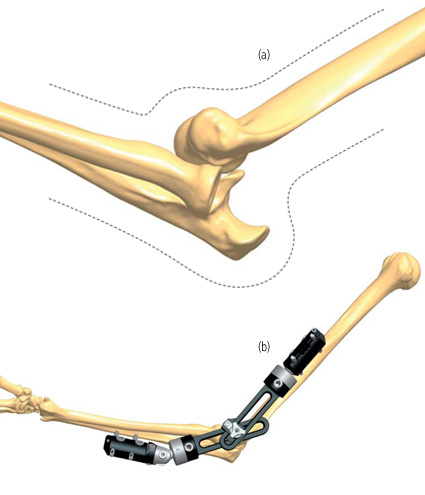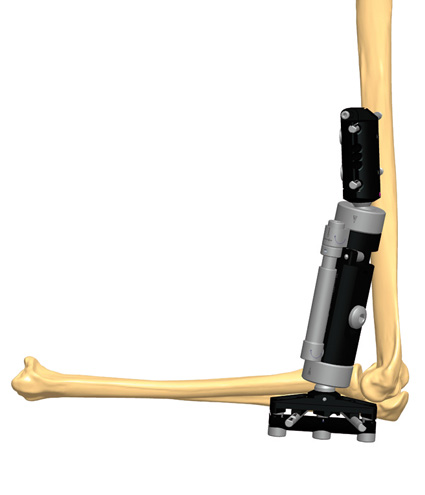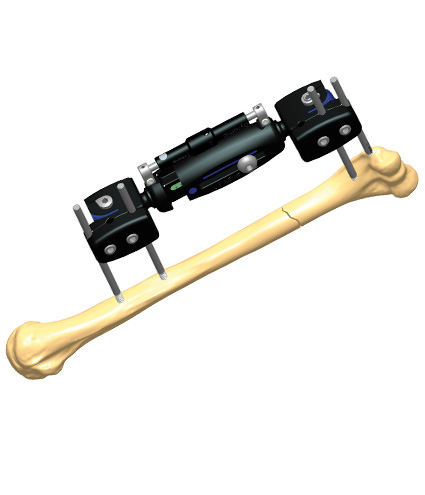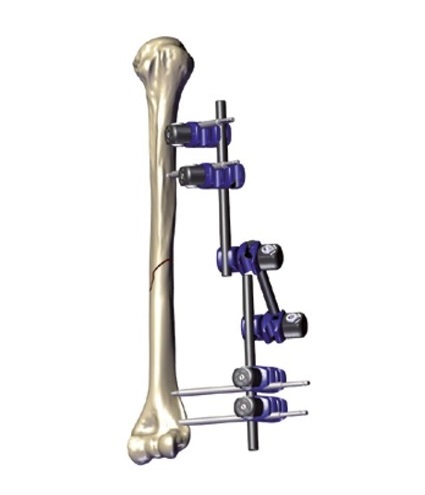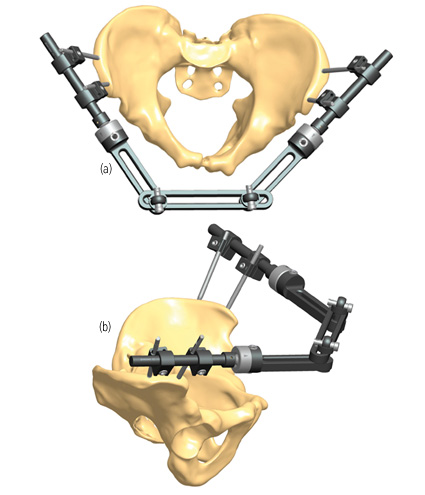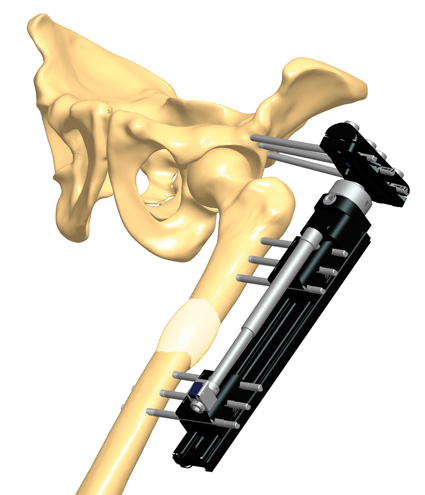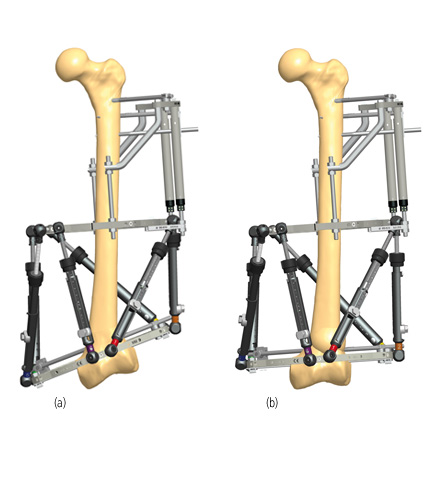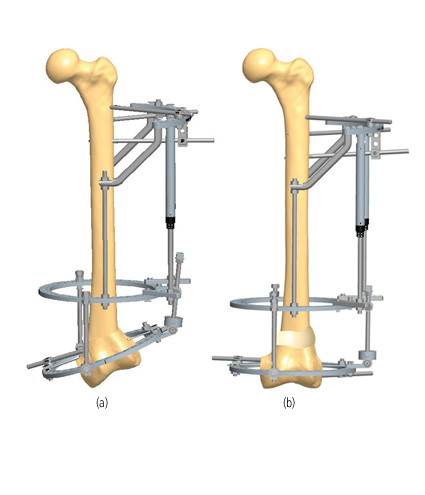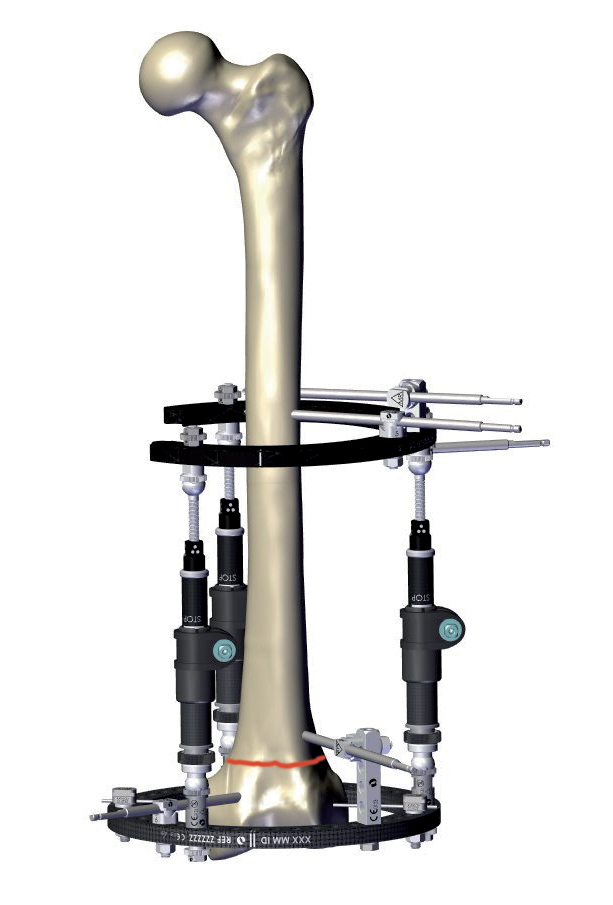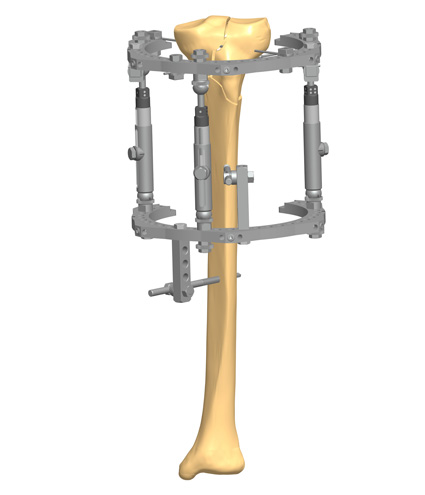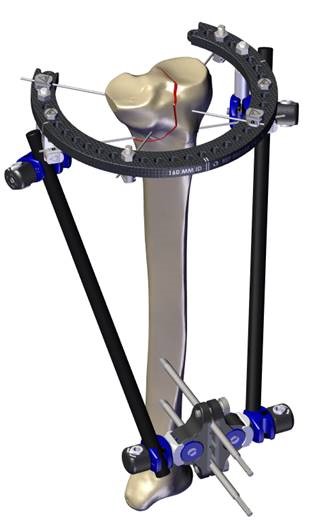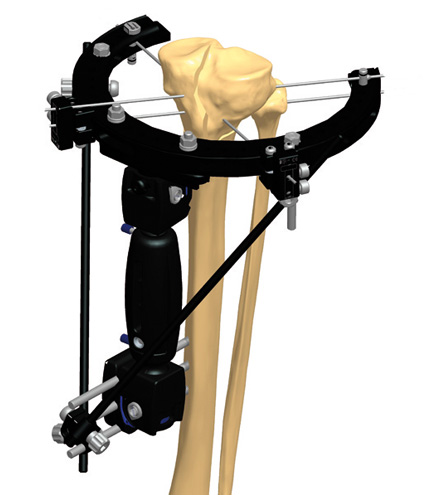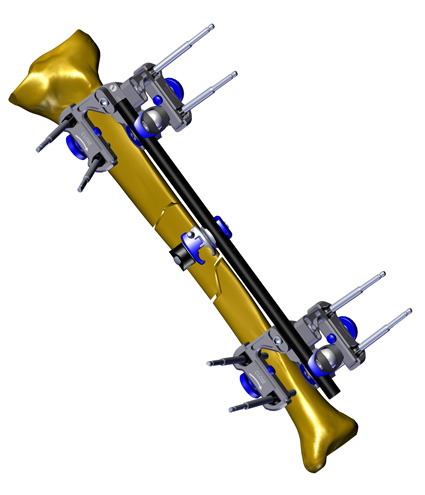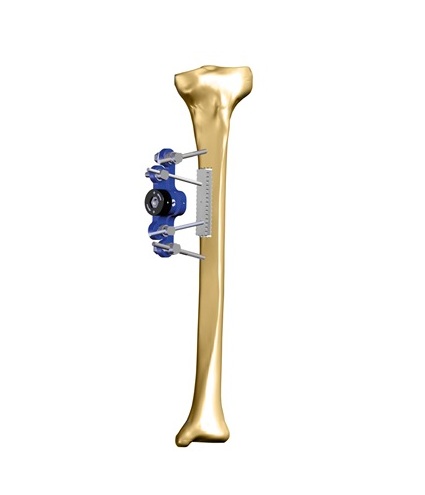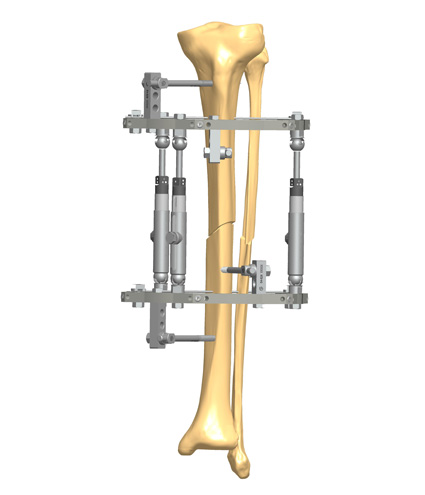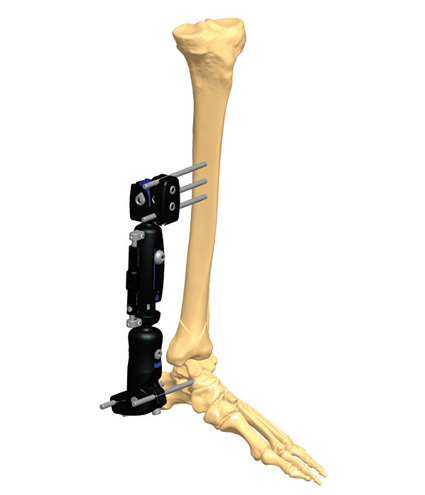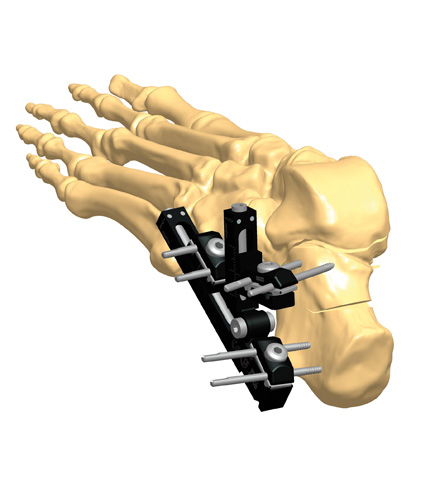“Respect for, and enhancement of the natural physiological process of fracture healing” may be considered the philosophy which has inspired the research and design of all products developed by Orthofix in the last 40 years, starting with the set of devices belonging to the internal and external fixation system.
The Orthofix philosophy, based on the enhancement and total respect for the physiology of the fracture healing process , has always inspired the research and development of the Orthofix Fixation System, as well as the gradual refinement and upgrading of all devices considering surgeons’ best practices, and in this way responding to patients’ evolving needs.
This philosophy can be clearly expressed through some fundamental principles and features.
The first principle is to cause minimal disturbance of the fracture site, and provide full stability in the initial period after injury. This is to allow the hematoma to evolve under the best conditions and to form the initial external callus. Stability is achieved by the frame’s body alignment with the long axis of the bone to be treated. The body of the frame should be locked in the rigid mode, to promote early motion and weightbearing. The screws must be inserted in the bone segments, well away from the fracture site.(1) Through the control of lateral bending and torque forces during the initial phase of treatment, the Orthofix external fixator provides a high degree of stiffness.
The second principle is to stimulate the production of external bridging callus and its ensuing maturation by applying effective stimuli to the fracture site at appropriate stages during the healing process.
The third principle is to understand and respect the bone biology in order to prevent and/or minimize possible complications, especially those deriving from pin track infection, pin loosening and other associated problems.
The fourth feature characterizes more than one device designed by Orthofix, and it is the ease and speed with which the frame can be applied and then removed. This may be advantageous in an emergency situation, in which the surgeon has to face complex multiple trauma causes. Open fractures with severe soft tissue injuries and massive contamination are ideally suited to external fixation.(2) Besides, conical screws enable quick removal in an out-patient setting.
References
- Aro HT, Chao EYS 2000. Biomechanical performance of the standard Orthofix External Fixator and Cortical Screws, in De Bastiani G, Apley AG and Goldberg AAJ (eds). Orthofix External Fixation in Trauma and Orthopaedics, London: Springer.
- Pacheco RJ, Saleh M 2004. The role of external fixation in trauma. Sage journals; 6(2):143-60.

